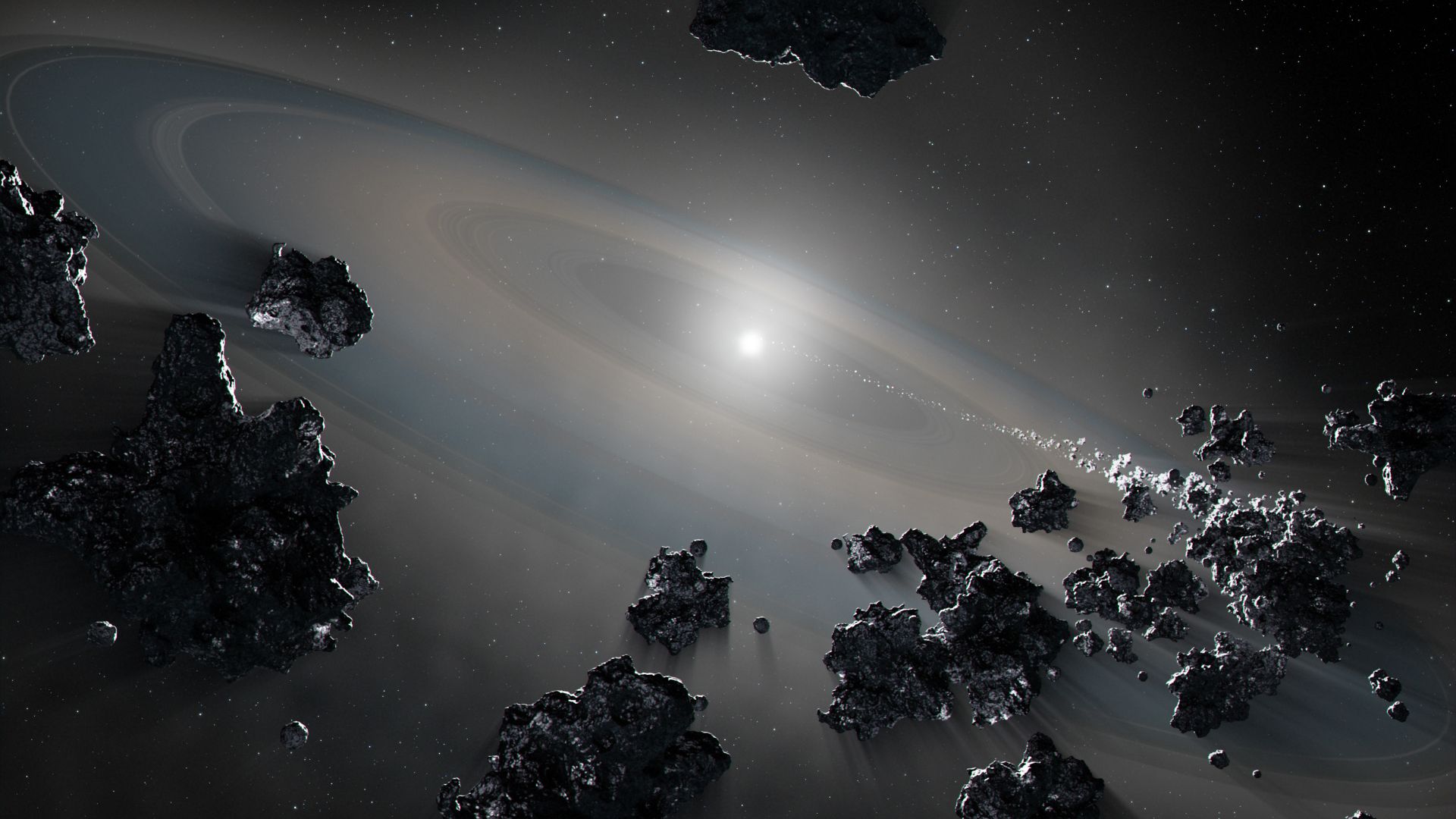A white dwarf star has been caught in the middle of consuming a planetary relic, offering new clues about what happens to planetary systems after their star dies.
Three billion years ago, a sun-as a star came to the end of its life, shedding its outer layers after its red giant phase to leave behind its inert core, which today we see as the white dwarf called LSPM J0207+3331, located 145 light years far. But what happened to their planets?
For one of those fragments, however, their time has come to an end. Spectroscopic observations have shown that the white dwarf’s gravitational tidal forces have torn it apart, scattering remnants of the planetary body over the white dwarf’s surface. Measurements identified 13 elements in this doomed object, including aluminum, carbon, chromium, cobalt, copper, iron, magnesium, manganese, nickel, silicon, sodium, strontium and titanium, in largely Earth-like abundance.
The white dwarf has a hydrogen-rich envelope, and in general, any element deposited on the white dwarf should sink into this hydrogen envelope and disappear from view. That so many elements are still visible implies that their accretion to the white dwarf must have occurred relatively recently, within the last 35,000 years.
It could even be underway: LSPM J0207+3331 could still be dismantling this object, estimated to have been 193 kilometers (120 miles) in diameter, piece by piece as you read this.
Heavy elements from destroyed planets and asteroids have already been detected in white dwarfs, but after three billion years this process of debris falling onto the white dwarf should be over.
“The amount of rocky material is unusually high for a white dwarf of this age,” said Patrick Dufour of the Trottier Institute for Exoplanet Research at the University of Montreal in a statement.
LSPM J0207+3331 is also surrounded by a likely silicate-rich debris disk that was discovered as a mid-infrared overbrighter by NASA’s Wide-Field Infrared Survey Explorer (WISE). The hypothesis is that the object recently torn apart by the white dwarf could have originated from this disk of remains of material that survived the death of the star. Future James Webb Space Telescope (JWST) observations of this disk could allow researchers to determine its mineralogy and constrain its total mass, which will provide more clues about the nature of the object that the white dwarf has destroyed.
What is still unclear is why this object has met its fate now, and not at any other time in the previous three billion years.
“This discovery challenges our understanding of the evolution of the planetary system,” added Érika Le Bourdais, also from Montreal and lead author of the research. “The continued accretion at this stage suggests that white dwarfs may also retain planetary remnants that are still undergoing dynamical changes.”
When a Sun-like star begins to die and expands into a red giant, its inner planets are consumed and destroyed. However, bodies that orbit far enough away, such as asteroids, comets, and gas giant planets, can survive, to some extent. The changing gravitational field as a star loses mass can alter the orbits of planets, resulting in many collisions between asteroids, comets, and surviving planets and moons over billions of years that can crush solid bodies into dust and small chunks. It is this material that fills the debris disk around LSPM J0207+3331, and what is surprising is that there are still substantial solid bodies in that disk, and that something must have happened for one of those solid bodies to fall towards the white dwarf.
“Something clearly disturbed this system long after the death of the star,” said John Debes of the Space Telescope Science Institute. “There is still a reserve of material capable of contaminating the white dwarf, even after billions of years.”
It is unclear what has destabilized the debris. Any survivor gas giant Planets could be responsible, and interactions between multiple planets have possibly gradually destabilized the orbits of smaller bodies over billions of years. “This could indicate long-term dynamic processes that we still don’t fully understand,” Debes said.
However, proving this idea will not be easy.
The gas giant planets would be too far from the white dwarf and probably too cold to be bright enough to be imaged, although JWST could try. Most likely, the European Space Agency Gaia The astrometric mission may have detected a wobble in the white dwarf’s motion in the sky caused by the gravity of the gas giant planets orbiting it. The first batch of exoplanet data from Gaia is expected to be released in December 2026; Maybe then the mystery can be solved?
The findings were published on October 22 in The Astrophysical Journal.



